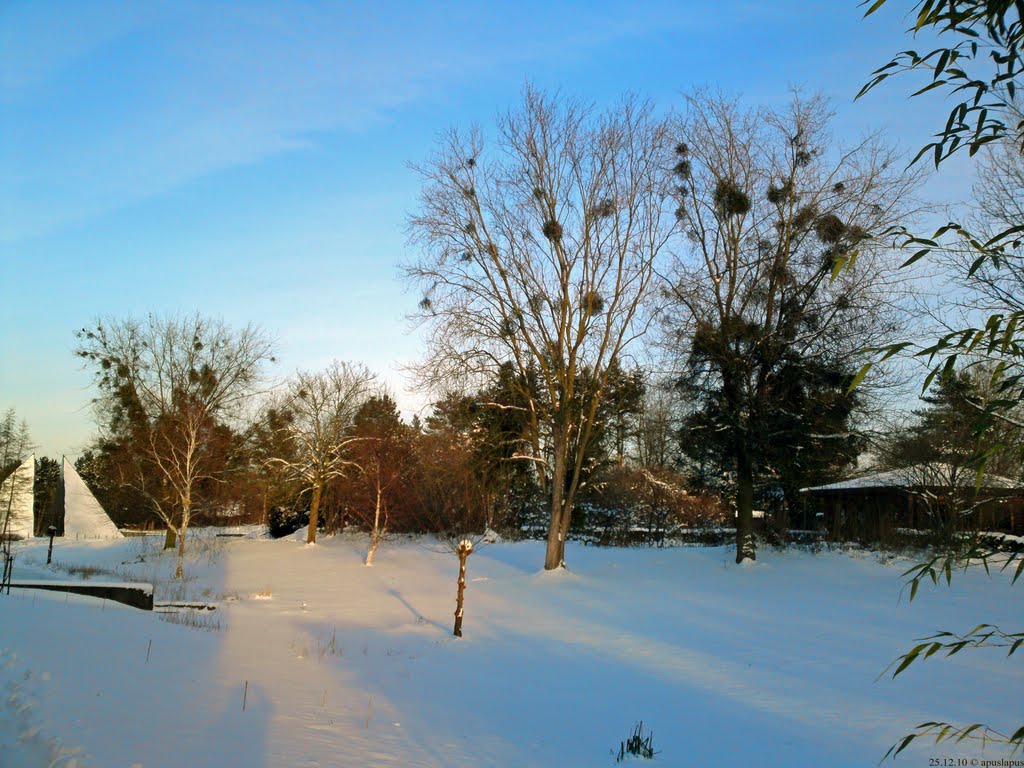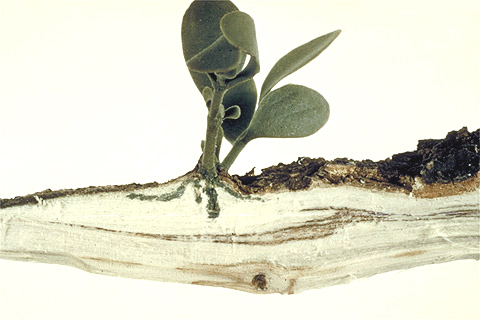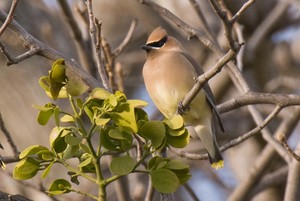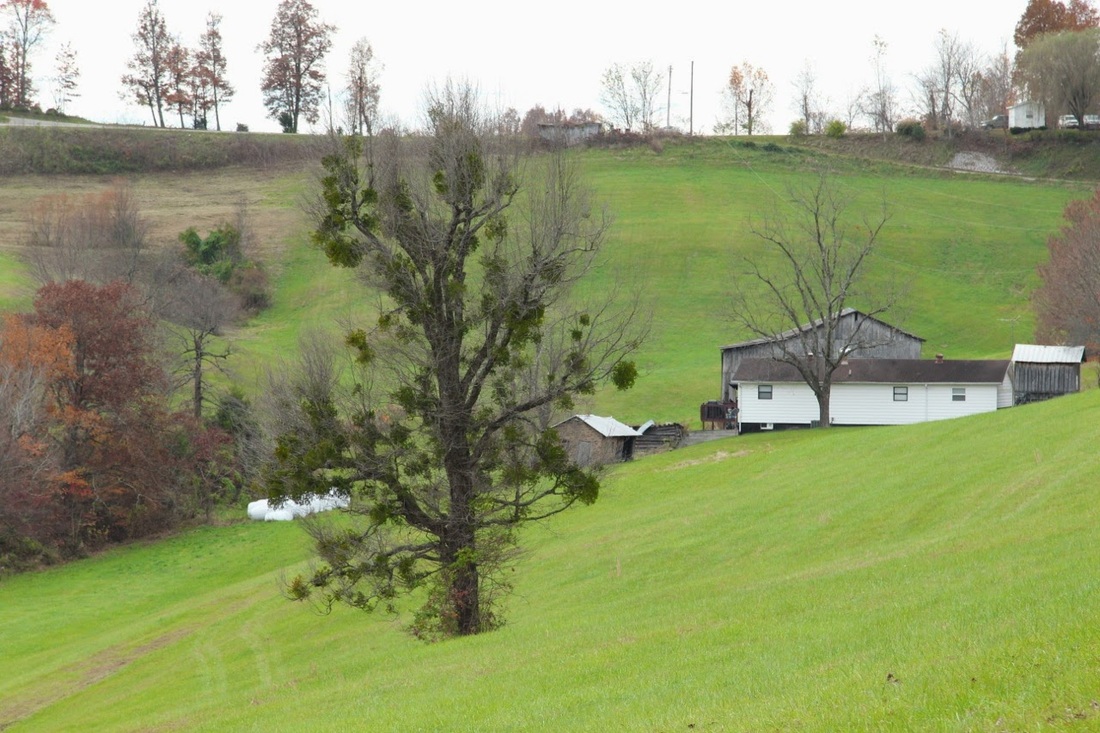- analyse mistletoe host preferences in Warsaw
- investigate the influence of environmental
conditions on mistletoe distribution
- Exotic trees were the more common as mistletoes hosts that native species (68%)
- Mistletoes were most common in old housing estates, the city transportation complex and green city sites (especially parks)
- Mistletoe populations were closely related to the number and distribution of breeding and migratory birds






 RSS Feed
RSS Feed
